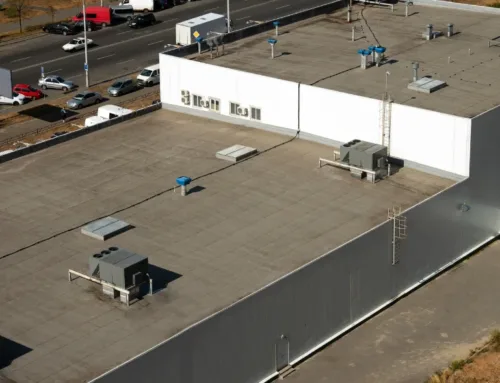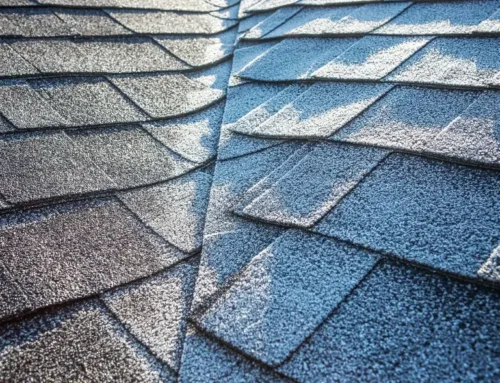
Everything You Need to Know About Single-Ply Roofing Systems
There are several different options when it comes to commercial and industrial roofing. One solution that has gained popularity due to its durability, cost-effectiveness, and ease of installation is single-ply roofing systems. Whether you’re a building owner, contractor, or just researching, here is everything you need to know about single-ply roofing systems and their associated benefits.
What is Single-Ply Roofing?
Single-ply roofing refers to a roofing system that uses a single layer of flexible, compounded plastic or rubber materials. Unlike traditional built-up roofing systems that involve multiple layers of material, single-ply systems are just that — a single layer. Their simplicity is a large part of their appeal. Single-ply roofing is designed for low-slope roofs, most commonly in industrial or commercial settings. They
Types of Single-Ply Roofing Membranes
There are two primary types of single-ply roofing membranes: thermoset and thermoplastic.
1. Thermoset Membranes (EPDM)
This synthetic rubber material is known for its durability and resistance to UV light. EPDM is typically black, which makes it great for cooler climates where natural heat absorption can help reduce heating costs. However, in hotter climates this could potentially increase cooling costs.
2. Thermoplastic Membranes (TPO and PVC)
TPO (Thermoplastic Olefin) membranes are highly reflective, making them an energy-efficient option in warmer climates. They offer resistance to UV light, chemicals, and punctures. TPO is often favored for its white color, which helps reflect sunlight and reduce cooling costs.
PVC (Polyvinyl Chloride) membranes are known for their excellent fire resistance and durability. They are also flexible, which makes them easier to install on complex roof shapes. Like TPO, PVC is often chosen for its reflective properties.
Advantages of Single-Ply Systems
1. Cost Effectiveness: Single-ply roofing systems are typically less expensive to install compared to multi-layered systems. The materials themselves are affordable, and the installation process is quicker, reducing labor costs.
2. Durability: Single-ply membranes are designed to withstand harsh weather conditions, including strong winds, heavy rain, and even hail. With proper installation and maintenance, they can last 20 to 30 years.
3. Flexibility: Single-ply systems are lightweight and flexible, making them suitable for roods with unusual shapes or designs. This flexibility also helps in accommodating building movement and thermal expansion.
4. Energy Efficiency: Many single-ply membranes, particularly TPO and PVC, are available in light colors that reflect sunlight. This can significantly reduce cooling costs, making these systems a popular choice in warmer climates.
5. Ease of Installation and Repair: Because they consist of a single layer, these roofing systems are easier and quicker to install. Repairs are also relatively simple, often involving just the patching of specific areas rather than replacing entire sections of the roof.
Disadvantages to Consider
While single-ply roofing systems offer many benefits, there are not without potential downsides:
1. Puncture Vulnerability: Single-ply membranes can be more susceptible to punctures from sharp objects or heavy foot traffic. However, installing protective layers or choosing a thicker membrane may mitigate this risk.
2. Seam Integrity: The seams between membrane sheets can be a weak point if not properly installed. Over time, poor seam integrity can lead to leaks. It’s crucial to have an experienced installer lay the roofing and perform regular maintenance.
3. Compatibility with Certain Roof Designs: Single-ply systems may not be ideal for roofs with extensive equipment or penetrations, as these can complicate the installation process and increase the risk of leaks.
Is Single-Ply Roofing Right for You?
Single-ply roofing systems are an excellent option for many commercial and industrial buildings, but they may not be suitable for every situation. Consider factors like climate, roof design, budget, and long-term maintenance when deciding if this type of roofing system is the right fit for your building.
Whether you’re ready to take the single-ply plunge, or are still undecided, contact Alliance Roofing. We’ll help you determine the best fit for your commercial roofing needs. Request a free estimate, or ask our roofing experts if single-ply roofing is right for you.









